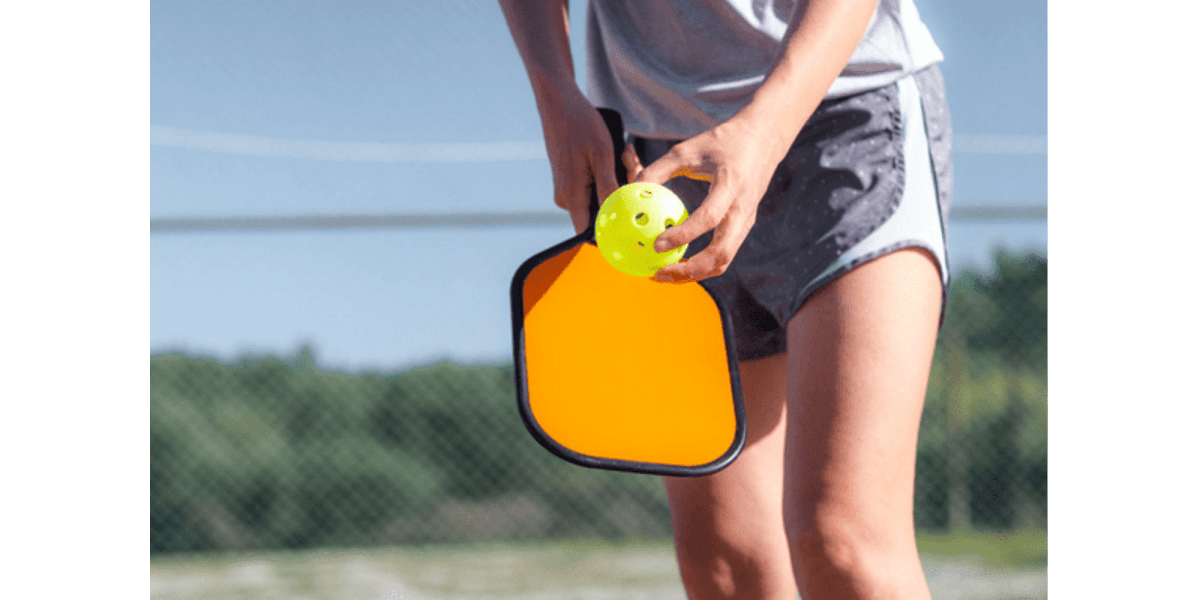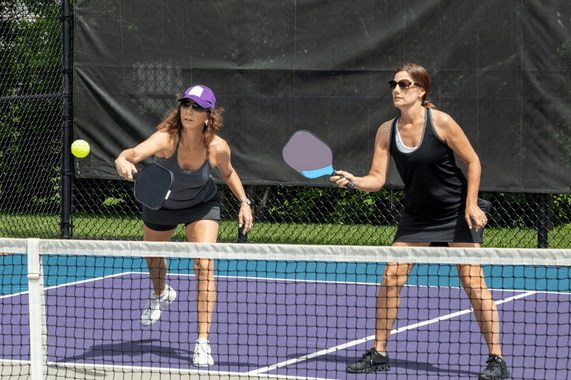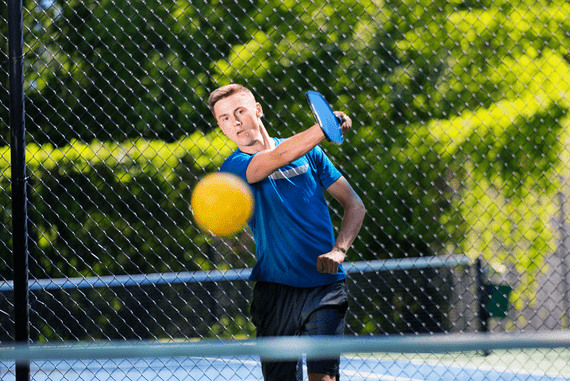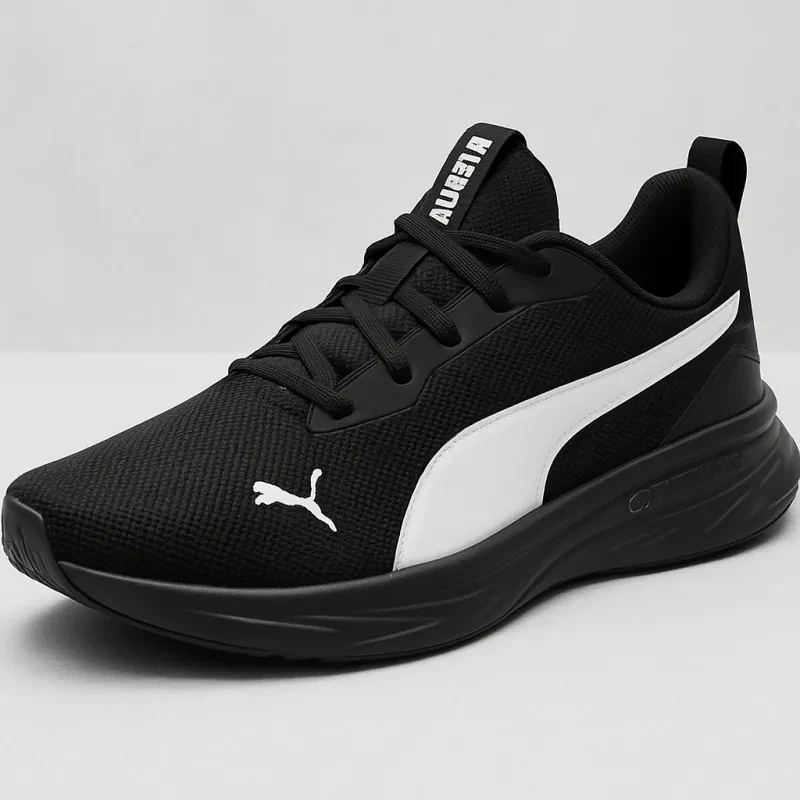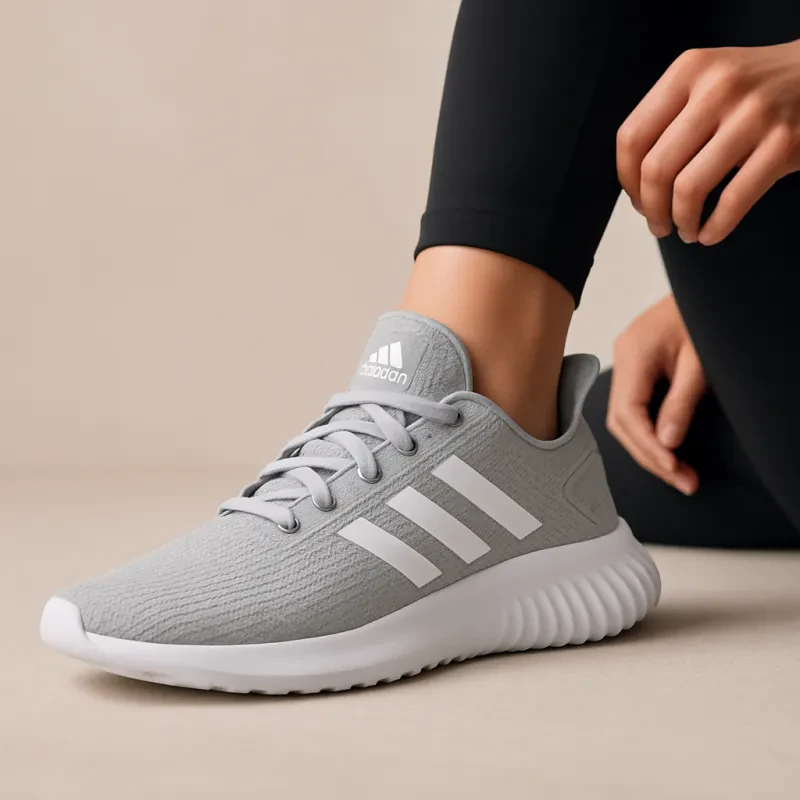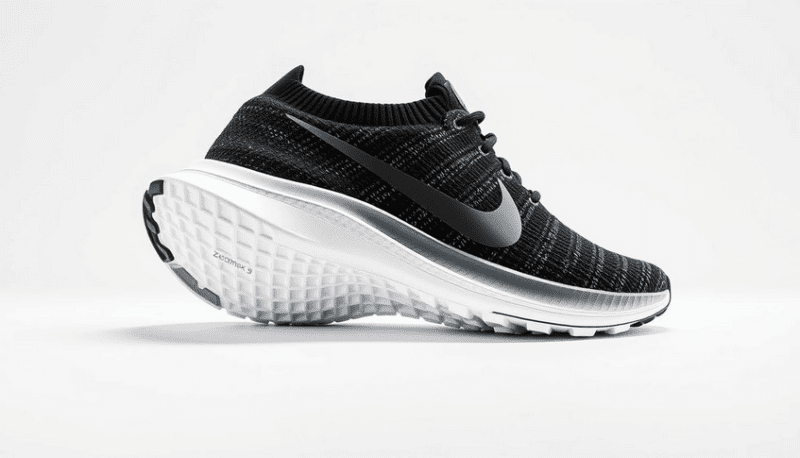"Pickleball Precision: Skill-Boosting Drills for Performance"
Pickleball is a fast-growing and exciting sport that combines elements of tennis, badminton, and table tennis. It's a game suitable for all ages and skill levels, making it a popular choice for recreational players and athletes. Whether you're a beginner looking to improve your skills or an experienced player aiming to take your performance to the next level, incorporating structured drills into your practice routine can make a significant difference. This article will explore various pickleball drills that can help boost your performance and take your game to new heights.
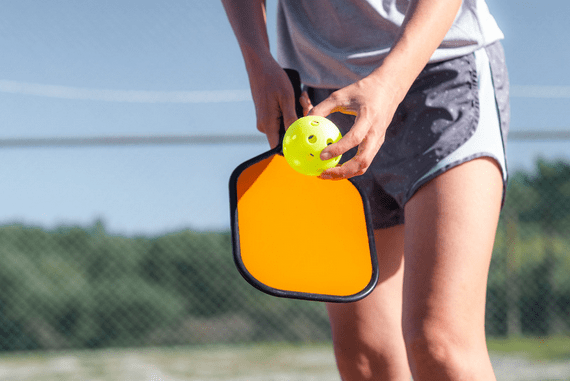
Introduction
Pickleball has captured the hearts of millions worldwide due to its blend of fun, competition, and social interaction. Whether playing with friends or in a tournament, improving your pickleball skills can lead to a more enjoyable and successful experience on the court. Players can refine their techniques, develop better court awareness, and enhance their strategic thinking by dedicating time to practicing various drills.
The Basics of Pickleball
Before delving into the drills, it's essential to understand the basics of pickleball. This includes familiarizing yourself with the rules and scoring system and understanding the equipment required to play the game.
Rules and Scoring
Pickleball is typically played on a badminton-sized court with a net of 34 inches at the center. The game is played with a perforated plastic ball and paddles made of wood, composite materials, or graphite. The standard scoring system is similar to that of volleyball, with points only being scored by the serving team. Each team must let the ball bounce once on their side before being allowed to hit it in the air.
Equipment Overview
Pickleball paddles come in various sizes and materials, each offering different power, control, and maneuverability benefits. Choosing the right paddle that suits your playing style is crucial for skill development and overall performance.
The Importance of Pickleball Drills
Practice is the cornerstone of improvement in any sport, and pickleball is no exception. Drills allow players to isolate and work on specific aspects of their game, leading to more significant improvements over time. Whether you're a beginner or a seasoned player, incorporating drills into your training routine is essential for growth and development.
Fundamental Pickleball Drills for Beginners
For those new to the sport, mastering the basic skills is paramount. Here are some fundamental drills that will help beginners get started:
Dink and Drop Drill
The dink is a soft, controlled shot that lands just over the net and close to the kitchen line. This drill focuses on improving your dinking technique, which is crucial for maintaining control during rallies.
Third Shot Drop Drill
The third shot drop is a strategic shot used when returning serve. This drill helps beginners practice the precise placement and softness required for an effective third shot.
Serving Practice
Serving is the starting point of every pickleball rally. This drill allows beginners to work on their serving technique, including speed, accuracy, and spin.
Forehand and Backhand Groundstroke Drill
Groundstrokes are essential shots in pickleball, and this drill helps beginners develop consistency and power in their forehand and backhand shots.
Intermediate Pickleball Drills
As players progress in skill, intermediate drills become valuable for enhancing performance. Here are some drills to take your game to the next level:
Cross-Court Dinking Drill
This drill focuses on improving accuracy and control while drinking cross-court, forcing your opponent to move, and creating openings on the court.
Volley Control Drill
Volleying requires quick reflexes and precision. This drill aims to improve your volleying skills, allowing you to be more aggressive at the net.
Lobbing and Overhead Smashes
Lobs and overhead smashes are advanced shots catching your opponents off guard. This drill helps you master these shots and use them strategically during games.
Advanced Pickleball Drills for Skilled Players
For experienced players looking to challenge themselves, advanced drills can take their game to new heights:
Defending Against Slams
Slams are powerful shots that require quick reactions and proper positioning. This drill focuses on defending against slams and counterattacking effectively.
Speed and Agility Drills
Pickleball demands quick lateral movements and agile footwork. This drill improves your speed and agility, allowing you to reach difficult shots easily.
Ernie Drill
The Ernie is a bold and daring shot where the player poaches the ball at the non-volley zone. This advanced drill enhances your poaching skills and overall court awareness.
Poaching Practice
Poaching involves intercepting the opponent's shot. This drill hones your poaching abilities, putting pressure on your opponents and disrupting their game.
The Mental Aspect of Pickleball
Pickleball is not just physically demanding; it also requires mental fortitude. Here are some tips to sharpen your mental game:
Focus and Concentration
Staying focused during high-pressure moments is crucial for success in pickleball. Practice mindfulness and mental exercises to improve concentration on the court.
Dealing with Pressure
Learn techniques to manage stress and pressure during games. Keeping a calm and composed mindset allows you to make better decisions in tense situations.
In-Game Strategies
Understanding various in-game strategies can give you a competitive edge:
Doubles Communication
Clear and effective communication with your doubles partner is vital for coordinated play. Practice signals and verbal cues to improve your teamwork.
Court Positioning
Knowing where to position yourself during different game situations maximizes court coverage and minimizes your opponents' opportunities.
The Importance of Conditioning
Pickleball requires physical fitness. Improve your endurance and flexibility with targeted conditioning exercises:
Endurance Training
Building stamina will help you maintain consistent performance throughout long matches and tournaments.
Flexibility Exercises
Stay limber and reduce the risk of injury with regular flexibility exercises.
Staying Injury-Free
Preventing injuries is essential for a sustainable pickleball journey:
Warm-up and Cool-down Routines
Proper warm-up and cool-down routines prepare your body for the game and aid in recovery afterward.
Injury Prevention Tips
Follow best practices to prevent common pickleball-related injuries.
Conclusion
In conclusion, incorporating pickleball drills into your practice routine is the key to unlocking your potential as a player. Whether you're a beginner, intermediate, or advanced player, structured drills will improve your skills, enhance your understanding of the game, and elevate your overall performance on the court. By combining physical training with mental strategies, you'll be better equipped to handle the challenges and demands of pickleball. So, grab your paddle, hit the court, and take your pickleball game to new heights!
FAQs
What is the best age to start playing pickleball?
- Pickleball can be enjoyed by people of all ages, making it an inclusive sport. Children as young as six can start learning the basics, while seniors can continue to play well into their golden years.
How often should I practice pickleball drills?
- The frequency of practice depends on your goals and schedule. However, regular practice, even if it's a few times a week, can lead to noticeable improvements in your skills.
Can pickleball help in weight loss?
- Yes, pickleball is an excellent cardiovascular workout that can aid in weight loss and overall fitness combined with a healthy diet.
What are some common mistakes to avoid in pickleball?
- Common mistakes include hitting the ball too hard, standing too far from the net, and forgetting to communicate with your doubles partner.
Is pickleball suitable for seniors and older adults?
- Absolutely! Pickleball is popular among older adults due to its low-impact nature and social aspects. It's a great way to stay active and connect with others.
DISCLAIMER
The information contained on Save on Sneaks and our related pages is provided for entertainment and informational purposes only. It is not intended as a substitute for the advice of or treatment that may be prescribed by your physician or other health care provider.
Understand that you are solely responsible for the way this information is perceived and utilized, and do so at your own risk. In no way will Save on Sneaks be responsible for injuries or other problems that might occur due to the use of this website or any actions taken based on the content of this website. Save on Sneaks will not be held responsible for the conduct of any companies and web sites recommended within this site.
Before adhering to any of the information or recommendations or undertaking any exercise program or diet regimen, you should consult your physician.
This document is provided for general information purposes only and should not be relied upon as providing legal advice, technical, or specific operational guidance to the reader, whether as to the practices described in the document or the applicable legal requirements and regulations. Save on Sneaks expressly disclaims any responsibility for liability arising from or related to the use or misuse of any information in this document.
